What does an audio interface do?
As a music producer or musician, you’re probably using a computer for the majority of your time. Some of you may be using studio monitors while others work solely on headphones or earbuds. Now in most cases, you can’t simply connect a pair of speakers directly to your computer. You need some kind of interface, but what does an audio interface do?
What is an audio interface?
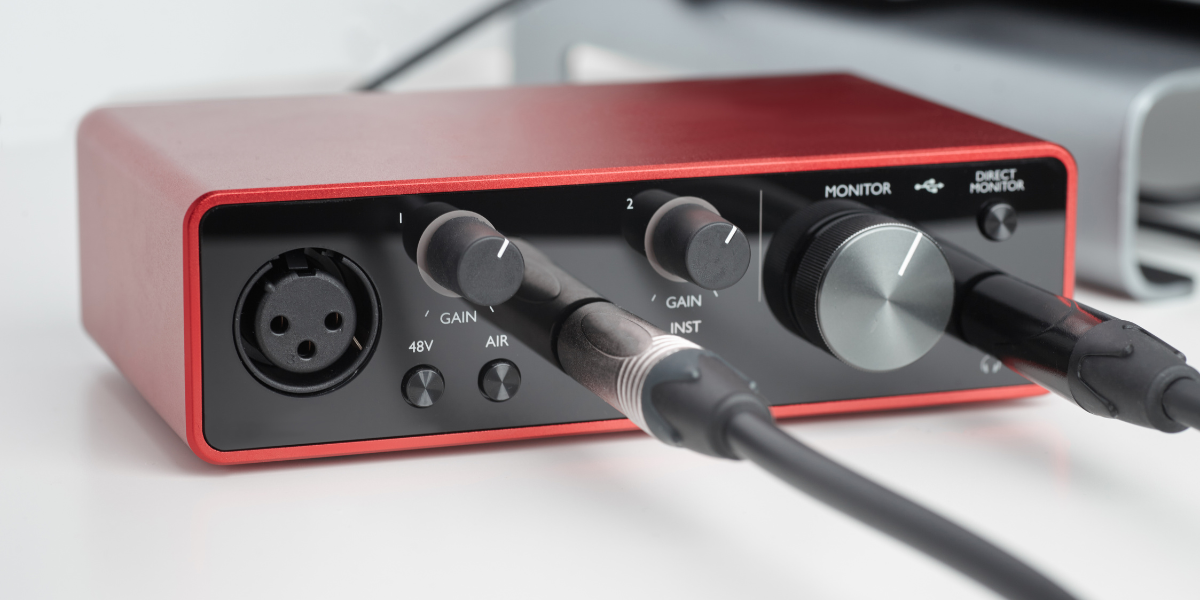
That’s right! You need an audio interface. This device connects to your computer over USB or Thunderbolt and it’s the heart of your home studio setup. It converts those digital ones and zeroes from your computer into an analog voltage that your speakers can turn into moving air.
In practice, an audio interface does much more than that. It’s a combination of different devices.
What does an audio interface do?
An audio interface converts signals from digital to analog, but also the other way around. Most audio interfaces also have built-in microphone pre-amplifiers (preamps). A preamp boosts the level of a microphone signal, which is typically a tiny voltage of several millivolts. That’s what the gain knobs on an audio interface are for.
Microphones connect to these 3-pin connectors called XLR connectors. Synthesizers, drum computers, and guitars use Jack connectors. Most audio interfaces allow you to switch between microphone and jack, often labeled as line input. On some audio interfaces there’s a switch called:
Hi-Z, or high impedance, and this is used when you connect a guitar or bass directly to your interface.
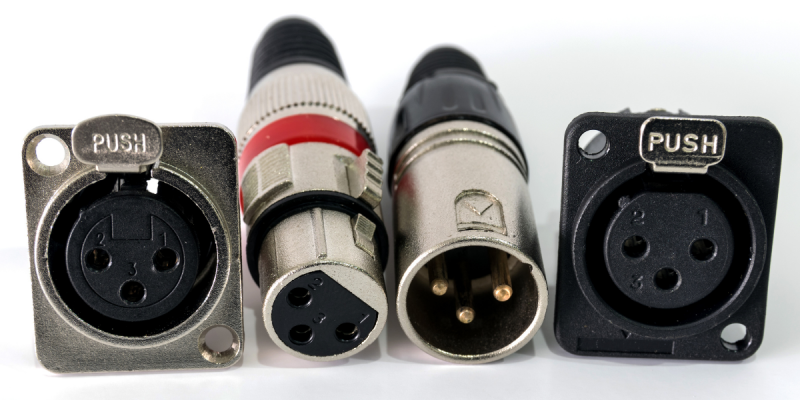
So that’s the preamp part. After that, the audio signal gets converted to a digital signal by the built-in analog-to-digital (AD) converter. Professional studios often have separate 19” rack units filled with these converters. For convenience and budget sake, these are now combined into one box called the audio interface!
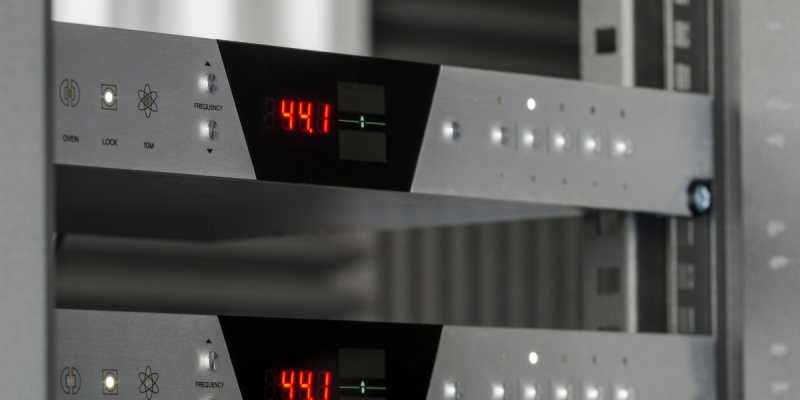
In addition to AD converters, there’s also a DA or digital-to-analog converter to translate digital audio back into analog. Most audio interfaces also have a monitor controller built-in which allows you to adjust the level going to your speakers.
Some audio interfaces even feature MIDI inputs and outputs. MIDI interfaces are typically sold separately so this is perfect for a compact, travel-ready, setup.
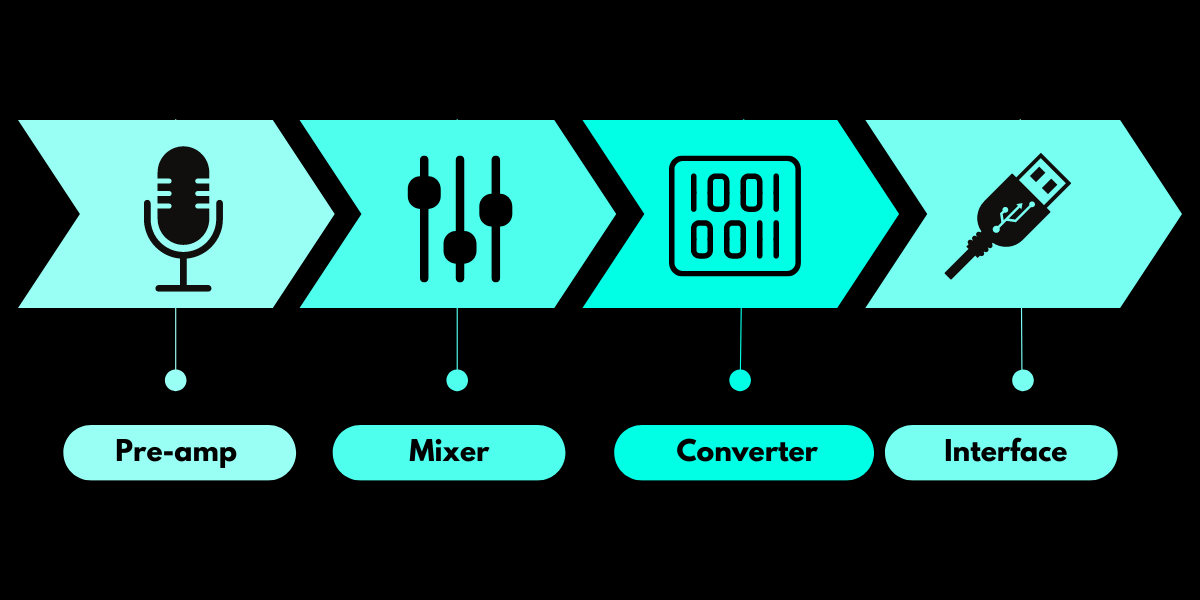
How to use an audio interface?
Now that you know that an audio interface combines different devices, how do you use it? Whether you’re using a Mac or Windows computer, it’s simply a matter of connecting your USB or Thunderbolt cable and pressing play in your DAW.
But, there’s one more step you need to take. You need to download a driver from the manufacturer’s website. A driver is a piece of software that controls your audio interface. Each manufacturer creates their own drivers, which ultimately define your latency.
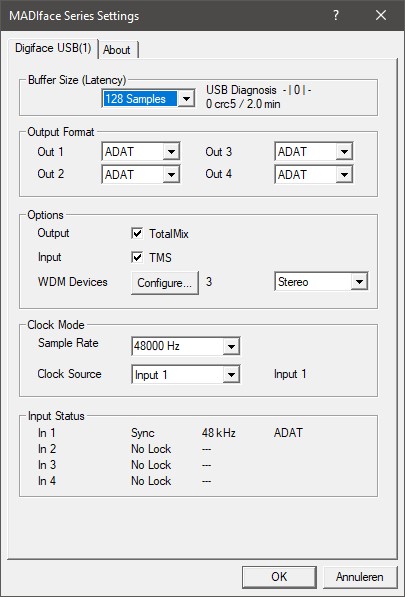
The better the driver, the lower you can set your buffer size, resulting in less latency. Some audio interfaces come with a piece of additional control software that allows you to at least change the sample rate.
RME and Universal Audio even have integrated mixers that allow you to route any input to any output. You can even control your preamps and save and recall presets for ease of use.
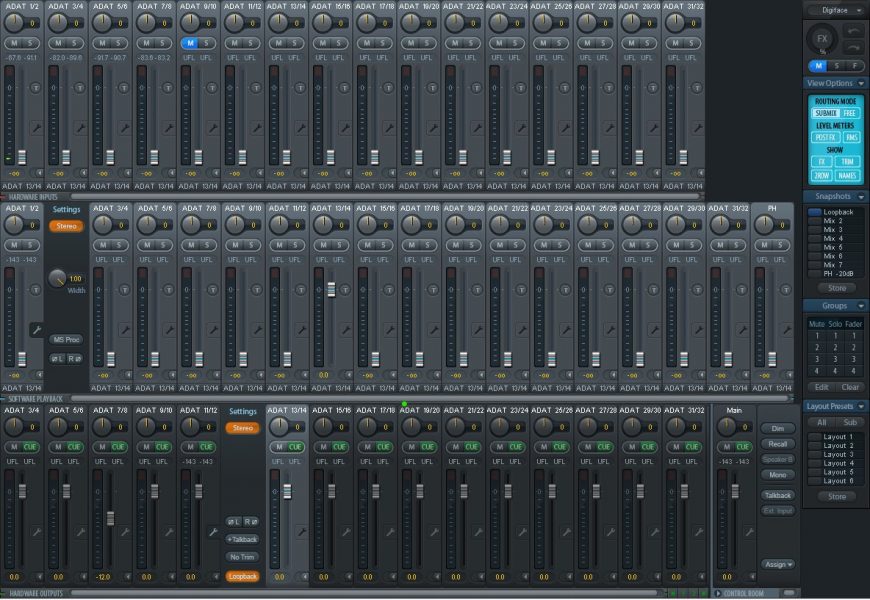
Do I need an audio interface?
Now, the ultimate question: do I need an audio interface? Well, when you want to record synths, guitar, vocals, or any physical instrument, you need an audio interface. You can’t simply connect a microphone straight to your computer.
But let’s imagine you’re not using any hardware at all. You only want to listen to your music on a pair of speakers or headphones. In that case, you might think that the headphones jack on your computer is all you need, right? Well, it certainly works.
Every computer has a built-in audio interface, which will get you started just fine. However, the audio quality of these built-in devices isn’t great and the drivers are built for watching movies or playing video games, not for serious audio production. The output is noisy and you can’t achieve the dynamic range of a dedicated audio interface. You’ll get high latency and maybe even stutters, clicks, and pops.
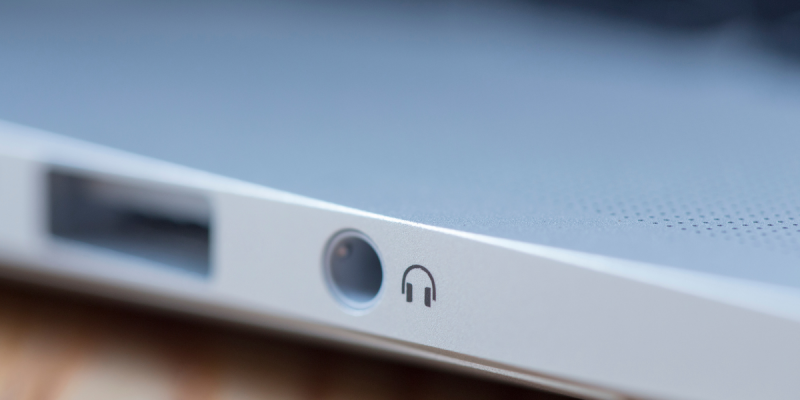
The professional studio setup
Most professional recording studios don’t use the combined audio interface as described above. The main disadvantage is that you can’t easily upgrade an audio interface with additional channels. Most audio interfaces are limited to 8 or 16 channels. Some can be expanded with ADAT interfaces, which use optical fiber cables that can transmit 8 channels of digital audio data, but that’s typically it. When you reach the limit, you have to replace the entire unit.
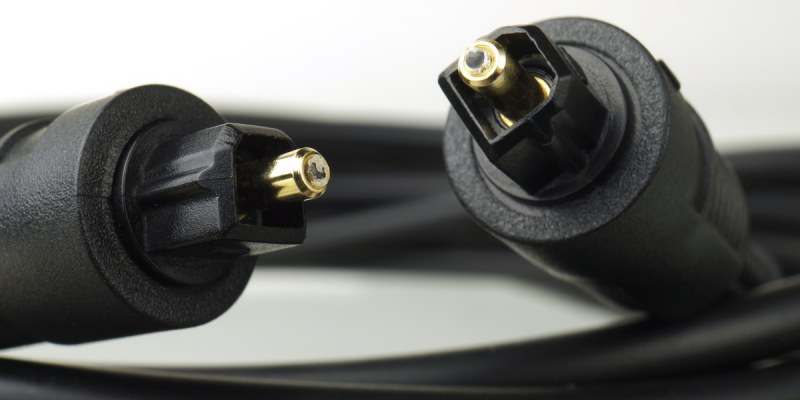
The reason most studios use separate preamps, converters, and USB interfaces is that they can match these devices to their own taste. The built-in preamps of an audio interface are built to sound transparent and clean, but that’s not always what you want. Sometimes you may want a colored or vintage preamp for some more character. Also, a dedicated converter typically sounds better than the tiny chip you’ll find in your typical audio interface.
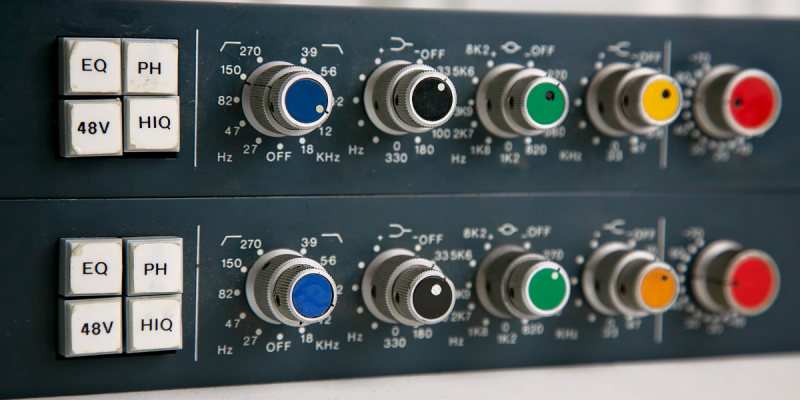
But like everything in audio, your final result is as good as the weakest link in the chain. And an audio interface is great to get you started without spending a huge amount of cash.

